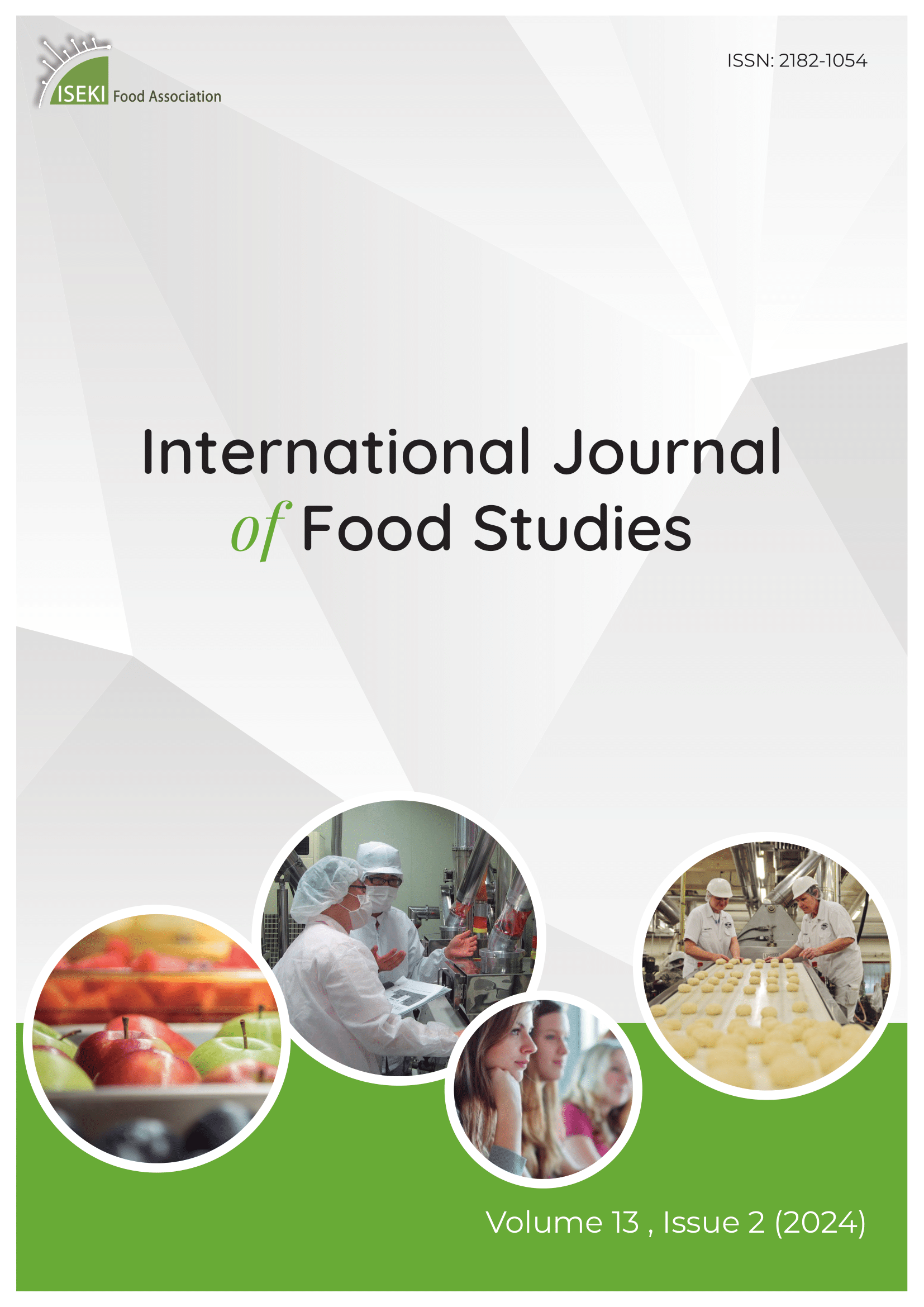
More articles from Volume 1, Issue 1, 2012
Influence of Organic Material and Biofilms on Disinfectant Efficacy Against Listeria monocytogenes
Treatment of Olive Mill Wastewater and the Use of Polyphenols Obtained After Treatment
Determination of Phenolic Compounds in Wines
Effect of Egg White Utilization on the Physico-Chemical and Sensory Attributes of Protein-rich Yoghurt
Effects of Pretreatments in Convective Dehydration of Rosehip (Rosa eglanteria)
High-Quality Learning Environments for Engineering Design: Using Tablet PCs and Guidelines from Research on How People Learn
High-Quality Learning Environments for Engineering Design: Using Tablet PCs and Guidelines from Research on How People Learn
Departamento de Ingenier´ıa Qu´ımica, Alimentos y Ambiental
Centro para la Educacion de las Ciencias, Ingenierıas y Tecnologıas (CECIT)
Centro para la Educaci´on de las Ciencias, Ingenier´ıas y Tecnolog´ıas (CECIT)
Departamento de Ingenierıa Industrial y Mecanica
Centro para la Educaci´on de las Ciencias, Ingenier´ıas y Tecnolog´ıas (CECIT)
Departamento de Ingenierıa Industrial y Mecanica
Centro para la Educacion de las Ciencias, Ingenierıas y Tecnologıas (CECIT)
Centro para la Educacion de las Ciencias, Ingenierıas y Tecnologıas (CECIT)
Departamento de Ingenierıa Industrial y Mecanica
Centro para la Educacion de las Ciencias, Ingenierıas y Tecnologıas (CECIT)
Departamento de Ingenierıa Quımica, Alimentos y Ambiental
Centro para la Educacion de las Ciencias, Ingenierıas y Tecnologıas (CECIT)
Departamento de Ingenierıa Quımica, Alimentos y Ambiental
Centro para la Educacion de las Ciencias, Ingenierıas y Tecnologıas (CECIT)
Abstract
A team of several faculty members and graduate students at Universidad de las Amricas Puebla is improving engineering design teaching and learning by creating richer learning environments that promote an interactive classroom while integrating formative assessment into classroom practices by means of Tablet PCs and associated technologies. Learning environments that are knowledge-, learner-, community-, and assessment-centered as highlighted by the How People Learn framework, have been developed. To date, the redesign of the undergraduate course entitled Introduction to Engineering Design has signicantly (p<0.05) increased student participation; formative assessment and feedback are more common and rapid; and instructors are utilizing the information gained through real-time formative assessments to tailor instruction to meet student needs. Particularly important have been opportunities to make student thinking visible and to give them chances to revise, as well as opportunities for "what if" thinking.
Keywords
References
Citation
Copyright

This work is licensed under a Creative Commons Attribution-NonCommercial-ShareAlike 4.0 International License.
Article metrics
The statements, opinions and data contained in the journal are solely those of the individual authors and contributors and not of the publisher and the editor(s). We stay neutral with regard to jurisdictional claims in published maps and institutional affiliations.






